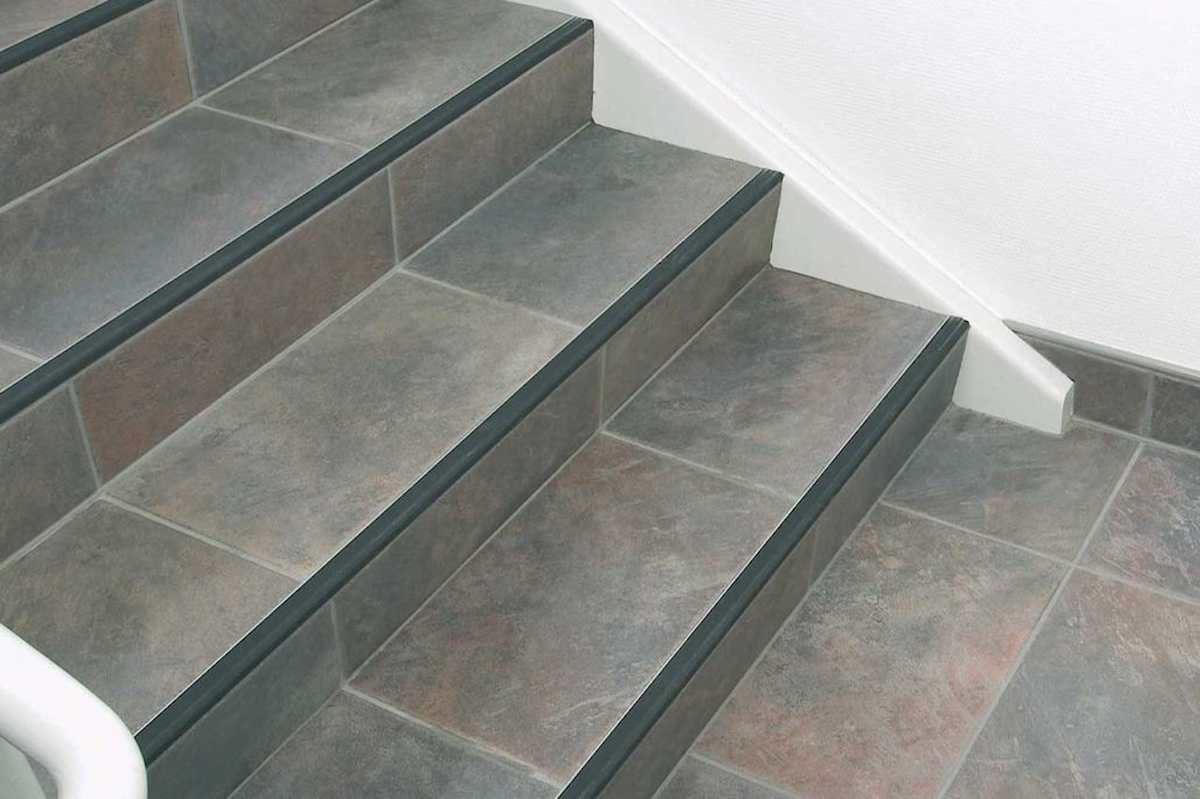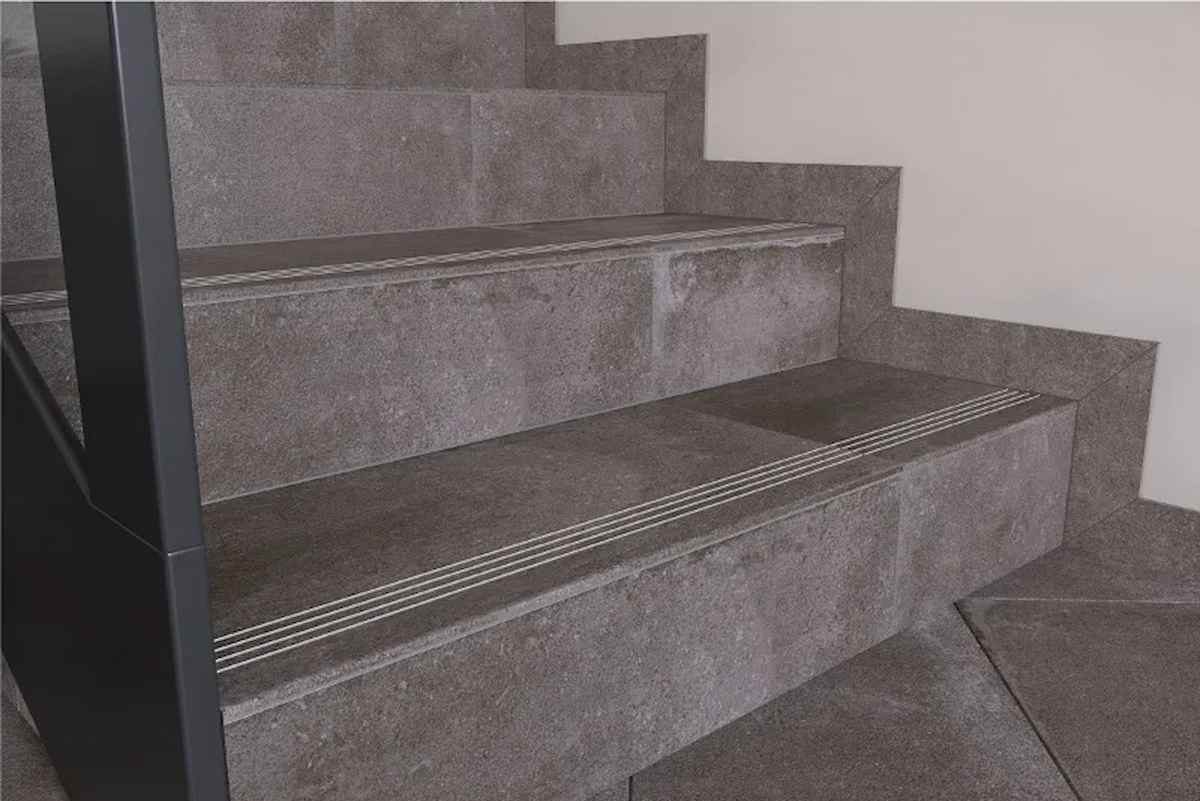in the international market, the market value of ceramic tiles is composed of different types of tiles such as the stair, walls, and floors to name a few.
The global ceramic tile market size was valued at USD 50.84 billion. The market is expected to grow from USD 54.41 billion to USD 77.82 billion, at a CAGR of 5.2 %. The global impact of COVID-19 is unprecedented and alarming, with negative shocks to product demand in all regions during the pandemic.
According to our analysis, the global market fell by 9.7%. The sudden rise in CAGR is due to the demand and growth of this market, once the pandemic is over, it will return to pre-pandemic levels.
The growth of the ceramic tile market is driven by increasing construction activities and growing investment in infrastructure development in various countries.
Features such as high durability, water resistance, crack resistance, and aesthetics are increasing the demand for products.
The preference for tiles in the renovation and remodeling of homes, stores, shopping malls, and other facilities is booming in global markets. Also, factors such as the growing population and increasing disposable income are supporting the growth of the market.
The coronavirus flare-up has decreased worldwide efficiency and influenced a few economies around the world.

The static nature of manufacturing facilities leads to reduced productivity. Lockdowns, temporary shutdowns of non-essential industries, and lower customer demand have led to a recession and a significant impact on the market. Construction activities and government infrastructure projects have been suspended due to implementation restrictions. The pandemic has also affected investments in residential construction.
Digitally printed tiles are the latest trend in the market. Consumers prefer digitally printed tiles because of their intricate designs, which contribute to aesthetic appeal.
Additionally, the development and use of new technologies to print patterns on tiles help manufacturers maintain design consistency. Rising consumer spending and emerging demand for innovative interiors have led to increased consumption of digitally printed tiles refurbishment and replacement activities due to available disposable income will drive demand.
The tiles are aesthetically advanced and offer features such as slip resistance, scratch resistance, and antimicrobial properties. This makes them ideal over similar products. Consumers in North American and European countries are spending huge sums to improve the appearance of walls and floors in homes and offices.

One of the market drivers is the growth of the construction industry in developing countries. Increased public investment in building and renovating infrastructure for the public welfare of the nation. The development of public entertainment venues, schools, hospitals, and public transport has led to an increase in the consumption of products.
Increased government spending to improve public spaces such as train stations and airports to meet premium standards has led to an increase in demand. This also improves the visual appearance of the infrastructure.
Besides, rapid industrialization activities and an increase in the construction of commercial buildings in developing countries will boost development during the forecast period. The population has increased exponentially in recent years.
Governments of different countries are working with private companies to improve the infrastructure of the residential sector to provide housing for the growing population. The launch of smart city construction has also increased the demand.
Additionally, the growing demand for multi-story residences in private residences is increasing the product consumption per unit of land area, thereby propelling the ceramic tile market.

Major challenges negatively impacting the market include concerns over the environmental impact of tile production.
The industry is one of the biggest contributors to air pollution. Contaminants such as airborne dust particles, fumes and unburnt particles from fuels, aerosol particles, and paint and glaze spray particles are released during product manufacture.
Regulations on the use of raw materials, post-industrial recycling, the use of pollution-resistant manufacturing equipment, and the development of technologies to minimize harmful emissions have increased the cost of producing these tiles.
Hence, increasing government regulation is expected to restrain market growth. Based on application, the market is segmented into floors, walls, and others. Among them, floor plate occupies the largest market share.
Growing construction of residential and commercial space leads to increased revenue ground consumption. In addition to this, the growing demand for tiles with multiple patterns, colors, and textures for enhanced appearance and aesthetics will support the market growth over the forecast period. Increasing the use of wall tiles with a variety of patterns, colors, and textures to enhance the appearance and aesthetics of the room will promote the growth of the wall segment.
In addition, the tiles are easy to clean and waterproof, which makes them more suitable for kitchen and bathroom walls. In addition, renovation activities in the residential space will fuel growth in other areas. By end use, the market segment includes residential and non-residential. Among them, the residential segment accounts for the bulk of the market.

Exponential population growth and government initiatives to build homes for the economically weaker parts of the community have increased residential space construction activity, thereby increasing demand. Also, factors such as increasing disposable income and emphasis on comfort and interior design will contribute to the growth of the market in the coming years.
The growth of the non-residential segment is associated with increased global urbanization and infrastructure development activity.
Increased government investment in the non-residential sector in the construction of airports, shopping malls, and sports facilities will contribute to the growth of the sector. Also, the expansion of several multinational companies in various regions is expected to boost the market.
The Asia-Pacific market size is valued at USD 22.47 billion. Asia-Pacific is the largest manufacturer and consumer of ceramic tiles, showing signs of becoming the dominant region during the forecast period. Additionally, the booming construction industry in the region will greatly contribute to the growth of consumption in the region.
China is a major contributor to market growth in the Asia-Pacific region. Advantages such as availability of raw materials, low cost of labor, and investment in modern infrastructure will positively impact the growth of the market. Europe is expected to experience moderate growth in the future.
The increase in consumer investment in replacement and refurbishment activities is one of the main reasons for the growth of the European market. According to our market research, the North American market is expected to experience healthy growth.
The recent trend of customization and personalization will increase the demand for tiles in the region. Additionally, the growing demand for green and energy-efficient buildings in commercial and government offices is expected to drive the North American market.












Your comment submitted.